Author: Gordon Whitaker
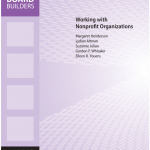
Working with Nonprofit Organizations
Facing the challenges of providing more and better services while being constrained by difficult fiscal limits, local governments across the United States have increased their involvement with nonprofit organizations, involving nonprofits in service delivery and drawing on these organizations’ volunteers and private financial resources. Some nonprofits have also become skilled advocates for their local government clients, making persuasive appeals for public funding of their work or otherwise helping shape government priorities.
This guidebook focuses primarily on the basic questions North Carolina local governments should ask themselves when deciding whether and how to fund nonprofits. If a governing board is considering an ongoing partnership with a nonprofit, many of these same considerations will apply.
Part of the Local Government Board Builders series, this book was written for elected officials of municipal and county governments, but governing officials of other kinds of public entities, such as councils of government, might also find the information useful.
Cite as:
Henderson, M., Altman, L., Julian, S., Whitaker, G. and Youens, E. (2010). Working with nonprofit organizations. [Chapel Hill, N.C.]: UNC School of Government.
…
Continued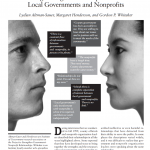
Strengthening Relationships between Local Governments and Nonprofits
This article is based on interviews with more than forty government and nonprofit organization staff members
in seven counties in central North Carolina. Human services agencies were targeted because North Carolina county governments are most likely to fund nonprofits in that area of service. (For a further discussion of counties’ relationships with nonprofits, see the article on page 25.) The two largest counties, Wake and Mecklenburg, were excluded from the study as atypical. The remaining ninety-eight counties were categorized as small, medium, and large on the basis of population, and counties from each category were chosen for study. The study’s geographic reach was limited initially by budgetary constraints and later by the traumatic impact of Hurricane Floyd on eastern North Carolina—no counties from the far western or far eastern areas of the state were included. However, the seven counties in the study included both urban and rural areas that represented a diversity of cultural and political traditions. During the study we asked local government and nonprofit organization staff to assess the nature of their work with each other—how they interacted, what worked well in their relationships, and what factors limited their relationships. We also asked them to describe the differences in decision-making or operational style and the ways in which those differences affected working relationships. Finally, we asked about specific changes that local government and nonprofit organization staff would like to see in relationships or in the way in which services were delivered in their counties. In every community where we interviewed, respondents candidly shared their views. The study was part of a larger project (supported by a grant from the Jessie Ball duPont Fund) to identify and create ways to help nonprofit organizations and government agencies work together to serve the public more effectively.
Cite as:
Altman-Sauer, L., Henderson, M., P. Whitaker, G., (2001) “Strengthening Relationships between Local Governments and Nonprofits”
…
Continued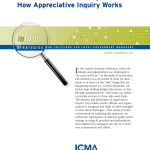
Positive Problem-Solving: How Appreciative Inquiry Works
In the current economic downturn, both individuals and organizations are challenged to “do more with less.” In the midst of uncertainty, one tendency is to be fearful of what we don’t know or to focus on the “bad” things that are
happening around us—revenue shortfalls, collection lags, shifting budget allocations, or double-digit unemployment that strain our ability to provide services to those who need them. The practice and philosophy of Appreciative Inquiry (AI) enables public officials and organizations to recognize and build on their strengths to meet these challenges. This article provides a framework for exploring this approach, describes the experiences of others in public sector settings in using AI practices and philosophies, and outlines how managers can use AI in their own communities and offices.
Cite as:
Lee, S., Henderson, M., Whitaker, G ““Positive Problem-Solving: How Appreciative Inquiry Works” ICMA Press, vol. 43, Number 3, 2011
…
Continued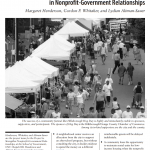
Establishing Mutual Accountability in Nonprofit-Government Relationships
Governments, nonprofits, philanthropies, and businesses all talk about the value of partnering to maximize the impact of their resources. Ironically, in day-to-day life, the ways in which people actually work together often fail to reflect that philosophy of partnership. This article discusses ways to move beyond the buyer-seller relationship often embodied in government and nonprofit contracts, toward shared responsibility for improving public services. It presents a framework of goals, questions, and tools that can help people in government and nonprofit organizations focus on how their work for and with each other can improve public service.
Cite as:
Henderson, Margaret, Lydian Altman-Sauer, and Gordon Whitaker. “Establishing Mutual Accountability
in Nonprofit-Government Relationships.”
…
Continued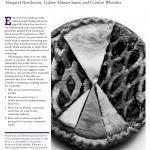
Deciding to Fund Nonprofits: Key Questions
Everyone wants guidance in making tough funding decisions. This article describes six questions that local officials should consider in designing a funding process for nonprofits.
Cite as:
…
Continued
